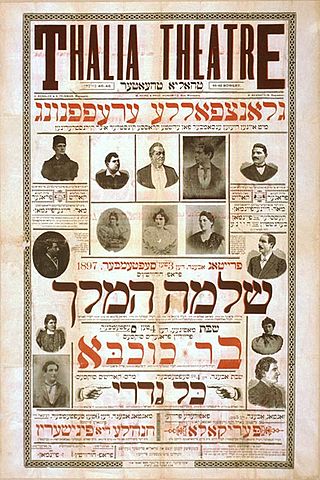Yiddish vs Hebrew
Many individuals may not realize that there are two distinct languages spoken by Jews around the world: Hebrew and Yiddish. Although they share the same alphabets and some common words, their differences have allowed them to exist as separate languages for an extended period.
What is Hebrew?
Hebrew is mentioned in the Bible, but it was considered too complex for everyday use and too holy for ordinary communication. When the modern state of Israel was established, biblical Hebrew was chosen as the official language over the more commonly spoken Yiddish. Hebrew has a well-defined grammar, and there are primarily two ways of making a plural in the language.
Key Takeaways
- Hebrew is the official language of Israel and is mentioned in the Bible.
- Yiddish evolved as a language for everyday speech among Jews in countries like Poland and Germany, influenced by biblical Hebrew, German, Aramaic, and other languages.
- While Hebrew has a well-defined grammar, Yiddish has many exceptions to rules due to its fusion of various languages.
What is Yiddish?
Yiddish developed as a language for daily communication among Jews living in countries such as Poland and Germany since Hebrew was considered too complex and holy for everyday use. It is a fusion language influenced by biblical Hebrew, German, Aramaic, and several other languages. Yiddish was spoken prominently by Jews worldwide until the Holocaust in Nazi Germany. Today, small groups of Jews in many parts of the world still speak Yiddish. One notable difference between the two languages is that Yiddish often omits vowels commonly used in Hebrew.
What is the difference between Yiddish and Hebrew?
Hebrew is a biblical language that was considered too complex and holy for everyday use, leading to the development of Yiddish for daily communication. Yiddish is a fusion language influenced by biblical Hebrew, German, Aramaic, and other languages. While Hebrew has a well-defined grammar, Yiddish has many exceptions to rules due to its fusion of various languages. Additionally, the formation of plurals differs between Hebrew and Yiddish.
